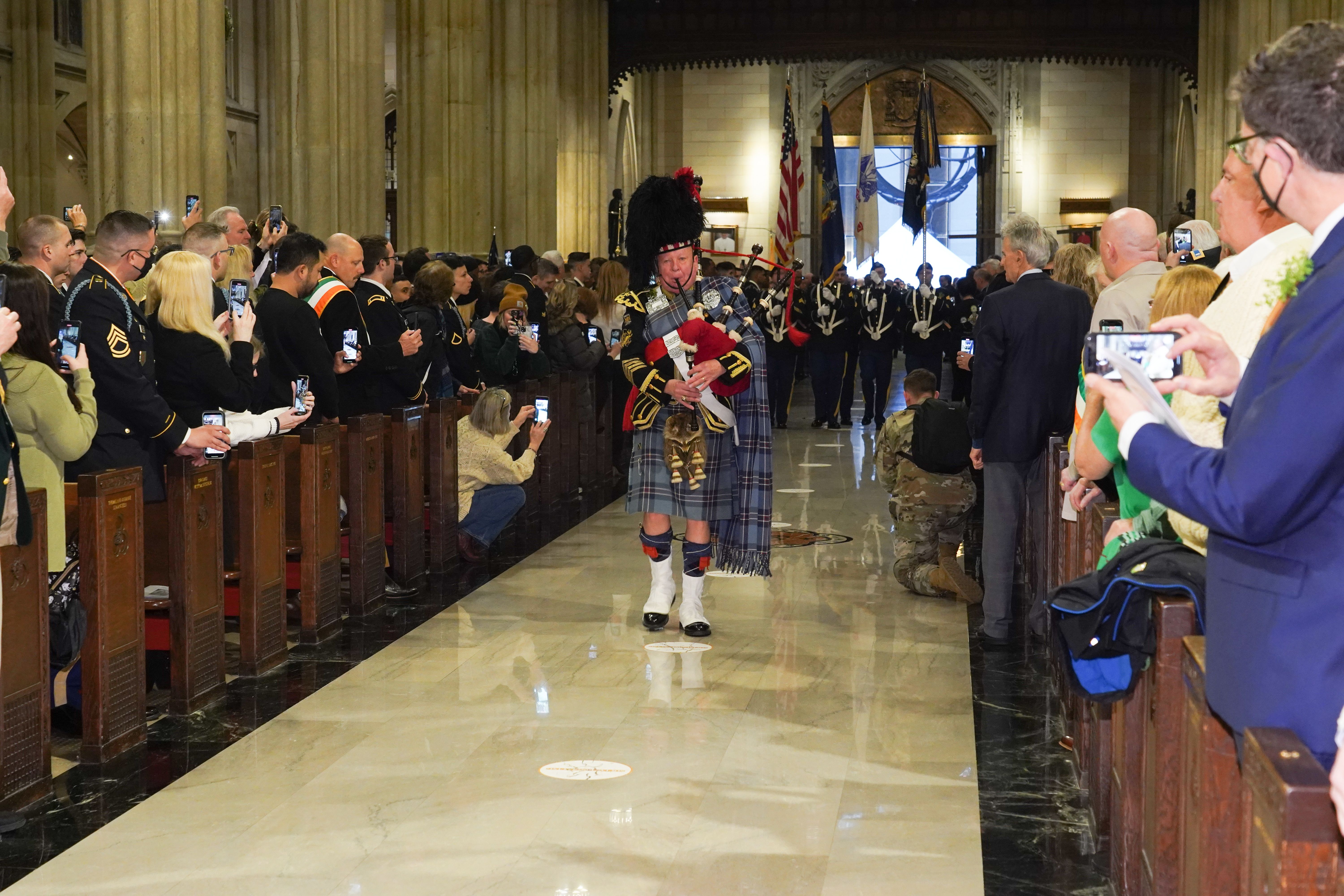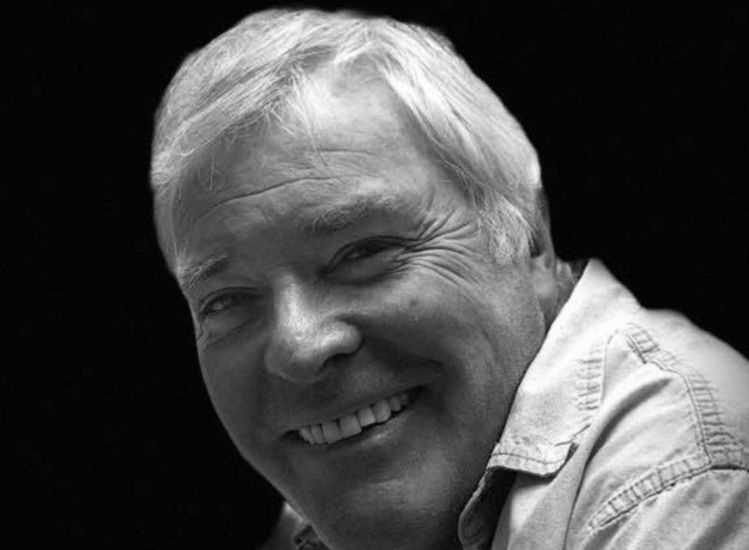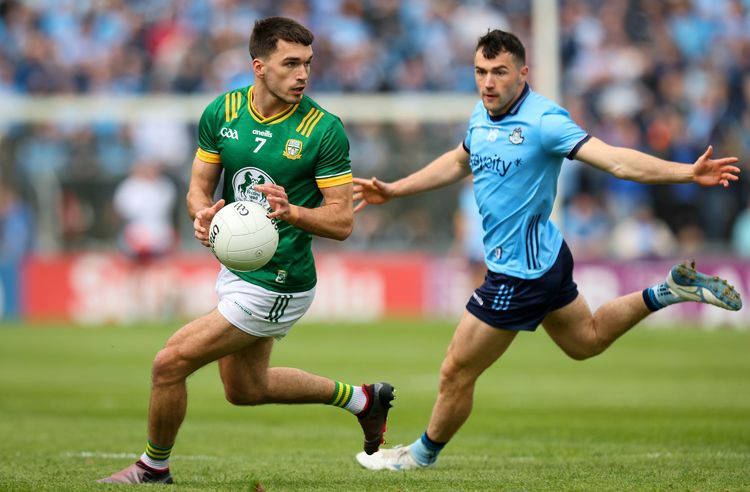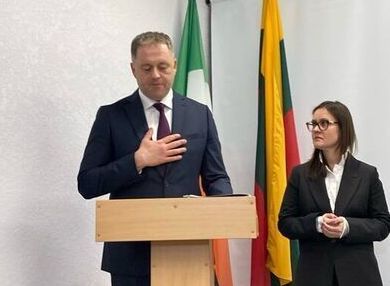It was barriers being erected in the wrong places at the wrong time.
That is the explanation of New York St. Patrick's Day Parade organizers for the the inability of some marching groups at the tail end of the line of march to actually march up Fifth Avenue on March 17.
Various individuals and groups have been expressing frustration since the parade stating that they were unable to march, or in some cases had to curtail their northward progress up Fifth Avenue as a result of southbound traffic suddenly appearing on the avenue at a time when it would normally be absent.
In other words, long before the parade should have finished.
In a statement, the parade committee said that it had held its 260th consecutive parade led by Grand Marshal James T. Callahan, the President of the International Union of Operating Engineers.
The parade had marked "the largest public event in the world since the beginning of the pandemic and allowed us to honor first responders, essential workers, and the Irish American Labor Movement."
Longest, but not as long as it should have been.
Added the statement: "Due to small turn out in most marching groups, lack of bands due to Covid, the dire weather forecast and excessive rainfall, the parade ran ahead of schedule towards the end. This unfortunate and unpredicted sequence of events impacted the timing of groups at the end of the parade.
"While we have a permit to hold the parade until 5 p.m. some city workers took upon themselves to erect barriers at about 2:45 p.m. over the strong objections of the parade formation group. This resulted in difficulty getting groups onto Fifth Avenue at that time and also resulted in a couple of organizations inability to march.
"We have contacted and addressed the issue with most impacted organizations and will address the issue of erected barriers with the proper authorities to ensure this never happens again.
"We owe a huge debt to the 69th regiment bagpiper, Joe Brady, and our volunteers who worked very hard this year to ensured that we were able to host a parade, given the last very recent surge of Covid and also worked very hard over the past two years hosting our symbolic parades during the pandemic."










